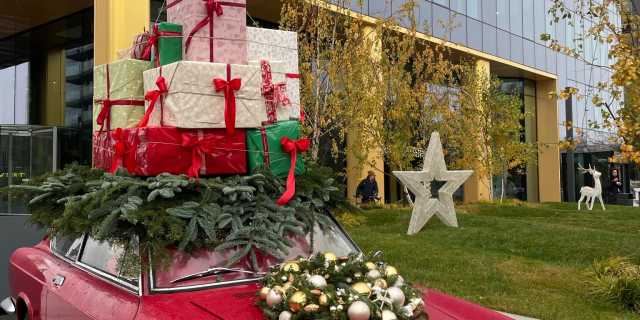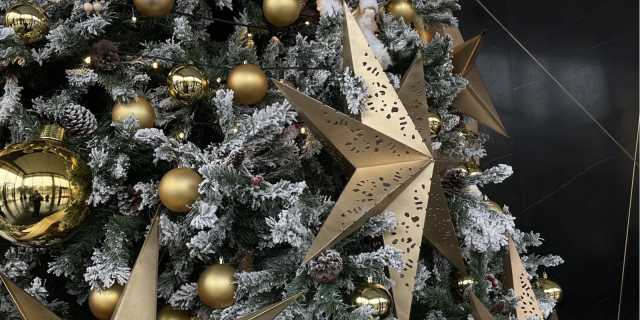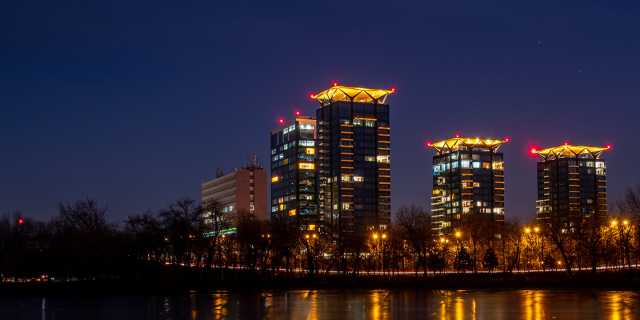Similar to the one in Paris, the Arch of Triumph was considered a necessary symbol to remember the successes of the country. That is why it was preceded by other similar monuments, temporary functional, with the role of marking emblematic moments in the history of Romania – the victory in the War of Independence (1878), the four-decade anniversary of the reign of King Carol I (1906) or the return of the Royal family from exile (1918). However, the former constructions had been made of poor-quality materials, causing their rapid decay.
The mayor Matei Gh. Corbescu had a new initiative. He was the one who decided, in 1922, to build a wooden monument. Severely criticized for choosing a material that would not have withstood the test of time, the mayor finally decided to start working on a steady Arch of Triumph made of quality materials.
The plans of the monument belong to the architect Petre Antonescu, who used the Arch of Triumph in Paris as a source of inspiration, the latter following roman architecture and standing 50 meters high. However, the funds were not enough this time either, so while the structure was made of concrete, the ornaments that beautified it were made of plaster and began degrading over time, to people’s disappointment.
After the press and several personalities of the time, including musician George Enescu, brought repeated criticism, in 1932 the renovation of the monument finally began. The team in charge of this mission was focused on replacing stucco decorations with some made from Rușchița marble. A number of important sculptors contributed to the project, including Ion Jalea, Constantin Baraschi, Dimitrie Paciurea, and more, but several Italian sculptors also helped to carve the marble. An ordinary financial contribution was also made by Romanian people, who helped raising over 7 million lei. The money was used to buy the Deva granite to complete the monument.
The inauguration of the Arch of Triumph took place on December 1, 1936, and the event was attended by members of the Royal House, the Government, as well as other important guests from the country and abroad.
During the communist regime, the monument underwent a series of changes. Thus, the elements related to royalty, including the portraits of King Ferdinand and Queen Mary, were removed, and floral elements were inserted instead. However, after 1989, they were to be replaced by two bronze medallions representing the two royal figures.
The most recent consolidation works took place between 2014 and 2016. Currently, the Arch of Triumph, which is 27 meters high and has a parallelepiped shape, is on the list of historical monuments. It hosts a museum inside, which is open to the public only on certain occasions.
Data for this article was obtained from historia.ro and wikipedia.org.
More on our blog
- One Insider
- Real estate: past, present and future
- Layout and style
- Real estate education
- Free time in Bucharest
- Tourist attractions in Bucharest
- The neighborhoods of Bucharest
Read also






